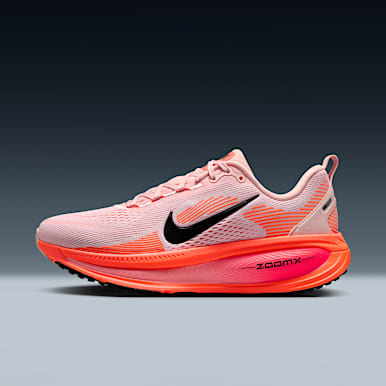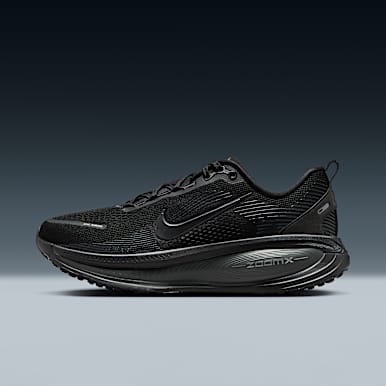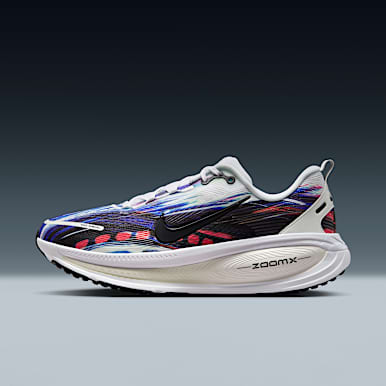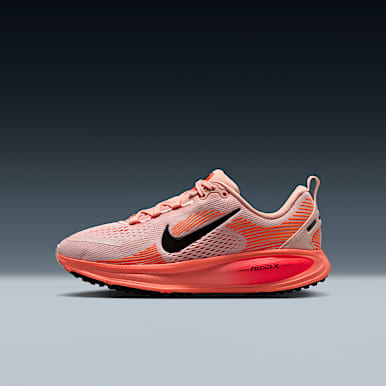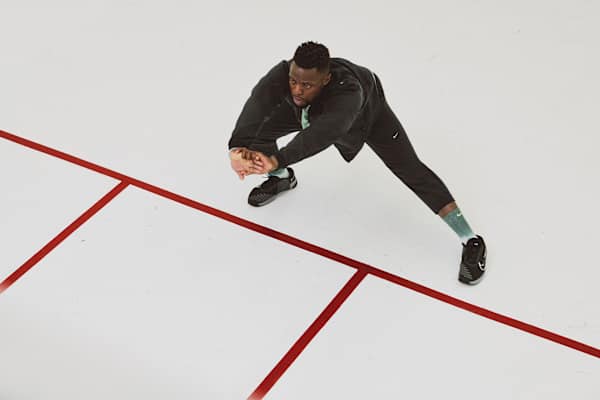Lower back pain after running: why it happens and how to prevent it
Activity
Experts break down the main causes of lower back pain, so you can treat it and jog comfortably.
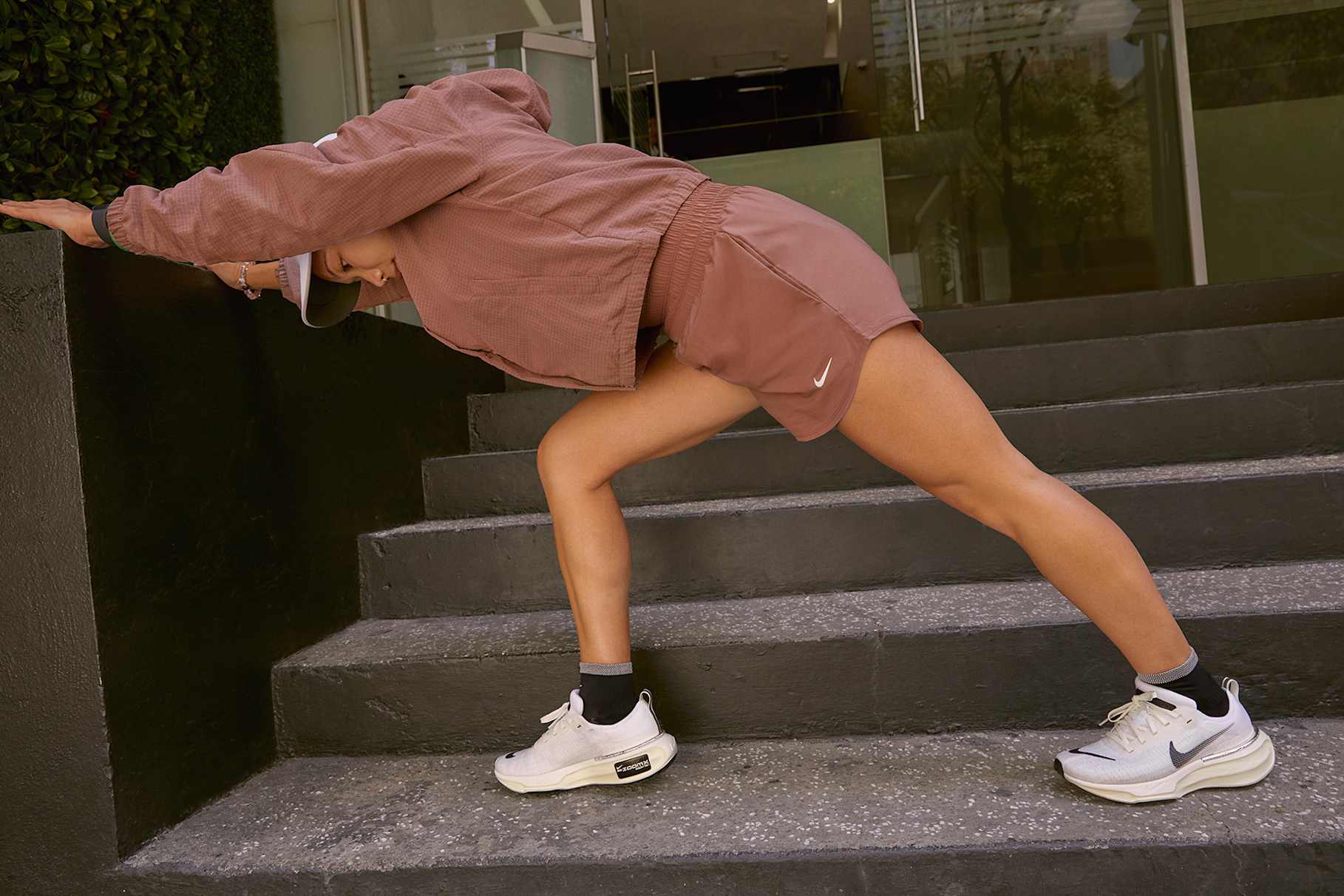
Feeling sore after a run is normal, especially if you're just starting out or coming back from a break. But your quads and hamstrings aren't the only parts of your body that may feel tight after pounding the pavement—your glutes absorb a lot of that impact too. And since your glutes and lower back are directly connected, tightness in your glutes can contribute to stiffness in your lower back after a workout.
According to John Gallucci, Jr., ATC, DPT and CEO of JAG Physical Therapy, "The repetitive impact of running, changing running surfaces and [wearing] improper footwear can put stress on the spine and surrounding muscles, leading to strain or discomfort in the lower back". But that doesn't mean everyone who runs experiences back pain, he adds. "Proper technique and training can help minimise the risk".
Running can also help remedy lower back pain, says Milica McDowell, DPT, a physiotherapist and vice president of operations at Gait Happens.
Addressing underlying causes of lower back pain after running is key to both treating and preventing it in the future.
What can cause lower back pain after running?
John Hinson, MD, an orthopaedic surgeon at Palm Beach Orthopaedic Institute in Florida, suggests that running doesn't necessarily cause lower back pain, but it can help expose weaknesses in your body due to lifestyle factors.
"In general, lower back pain is one of the most common musculoskeletal complaints seen in the orthopaedic clinic, with the World Health Organization identifying it as the most common orthopaedic complaint in the world", he says.
Here are some potential reasons why you may experience back pain after a run.
What can cause lower back pain after running?
John Hinson, MD, an orthopaedic surgeon at Palm Beach Orthopaedic Institute in Florida, suggests that running doesn't necessarily cause lower back pain, but it can help expose weaknesses in your body due to lifestyle factors.
"In general, lower back pain is one of the most common musculoskeletal complaints seen in the orthopaedic clinic, with the World Health Organization identifying it as the most common orthopaedic complaint in the world", he says.
Here are some potential reasons why you may experience back pain after a run.
1.Muscular imbalance and strain
Working a job that requires sitting for long hours can lead to core weakness and stiff joints, Hinson explains. Prolonged sitting can also cause the muscles in your hips and lower back to tighten or even atrophy. These muscular imbalances can place extra strain on the spine when you do a high-impact exercise like running, Gallucci adds.
Sitting too much can also weaken your glutes and tighten your hamstrings, McDowell says. Running demands a lot from both of these muscle groups, she says, comparing the glutes to the accelerator in a car: "They propel you forwards". The hamstrings then need to be able to handle the repeated eccentric (lengthening) and concentric (contraction) movements with each stride. "If you have muscular imbalances in these areas, weak or tight—or worse, weak and tight—it often presents as lower back pain after running".
On the other hand, if your job involves a lot of manual labour, you may be at risk of overuse injuries and muscle strain, which running can exacerbate. The paraspinal muscles, which stabilise the spine and pelvis as you run, are especially prone to strains and overuse injuries during running, Hinson explains.
2.Stress on facet joints
When there's an imbalance between the muscles supporting your spine, it puts stress on certain spinal structures, including the facet joints, Hinson says. The facet joints connect the bones—or vertebrae—of the spine, allowing you to bend and twist. When these joints are overworked, they can become irritated and cause lower back pain. Running in particular places a "great deal of stress" on these joints, Hinson says.
3.Sacroiliac (SI) joint pain
Your body has two sacroiliac (SI) joints that connect the sacrum (the lower part of your spine) to the pelvis. Poor running form and weak hip muscles can put excess strain on these joints, Hinson says, leading to intense lower back pain.
4.Poor running form
Mastering good running form isn't just about aesthetics—it's key for preventing pain and injury. As McDowell points out, biomechanical issues, such as one leg being naturally longer than the other or one side of your body being stronger than the other, can warp your running form.
"No one's body is perfectly symmetrical", she says. But this natural asymmetry can lead to overcompensation, "If you are experiencing lower back pain after running, [it may be because] you've picked up a bad form habit with your running, including a cross-over gait, a hip hike or an exaggerated arm swing".
Another common issue that can cause lower back pain is running with a posterior pelvic tilt, which looks like an exaggerated sway in your lower back, McDowell says. If you're a heel striker, you may be especially prone to running with this tilt.
"This posture isn't 'bad' for you, but over time, [especially] if you are running longer distances, this pelvic position can strain your lumbar muscles, causing fatigue that can turn into pain", she says.
McDowell adds that some people who run with this pelvic tilt struggle to stabilise their core muscles, "So they hang out in an exaggerated lumbar curve and ask their connective tissues to do the work for them". Consider getting your running form evaluated by a professional, such as a physiotherapist.
How can you prevent lower back pain after running?
In many cases, you can avoid back pain after running altogether. Here are what the experts recommend:
Warm up properly with mobility exercises
"Perform a dynamic warm-up that focuses on the hip flexors, hamstrings and the lower back to enhance flexibility and reduce tension", Gallucci says. Warm-ups also help oxygen-rich blood flow to muscles so that they're prepared to work out, Hinson adds.
Improve the flexibility in your legs, hips and back by regularly doing dynamic stretches and mobility exercises that target these muscle groups, he suggests. Need help getting started? Check out the top exercises and stretches for hip mobility.
Strength train often
"Regularly train your core, glutes and lower back muscles with exercises like planks, deadlifts and side bridges to improve spinal stability", Gallucci says. "Strengthening these supporting muscles will also improve your posture, which also helps to prevent lower back pain".
McDowell also recommends targeting your hamstrings with hamstring curls and weighted glute bridges. "Strong glutes and hamstrings also take stress off the lower body and reduce the impact you absorb at your foot and ankle", she says.
Consider working with a professional who can develop a strength training programme specific to your needs and goals.
Improve your running form
"Maintain an upright posture with your head centred over your spine", Hinson says. "Let your arms swing freely".
If you're someone who runs with a posterior pelvic tilt, McDowell says you can counteract this by doing core stability exercises and pivoting from a heel-to-toe strike to a midfoot-to-toe strike.
Choose the right terrain
"Surfaces that provide some cushioning, such as dirt or grass, can help protect the lower back while running", Hinson says. "Hard surfaces and uneven terrain can increase stress on the back and cause lower back symptoms".
Know your limits
Avoid overtraining, the experts warn. "Prevent lower back pain by being realistic about your fitness", McDowell says. "Many folks overdo it and end up with lower back pain because they are pushing too hard, too fast".
It takes time for your body to adapt to greater mileage or high training loads, she adds. "Most physiological adaptations take four to six weeks to settle in, so being patient is key".
Replace your running shoes
"Wear proper running shoes with adequate support and cushioning that suit your foot type and gait pattern to minimise impact on the spine", Gallucci says. And remember to replace your running shoes after every 300 to 500 miles to avoid additional soreness or a potential injury.
How to treat lower back pain
Back pain that occurs after running usually resolves on its own. However, there are some things you can do to expedite healing.
- Perform gentle stretches. Gallucci suggests doing Child's Pose, Cat Cow and hip flexor stretches to release tension in the lower back and surrounding muscles. These movements will also help improve your mobility.
- Get a massage. Hinson recommends seeing a professional, such as a physiotherapist, who can help target muscle spasms and stiffness either with their body or a massage gun. "Don't overdo the length or intensity of massage, as that can increase soreness in the back", he adds.
- Take over-the-counter (OTC) anti-inflammatory medication. Hinson says pain in the lower back is largely due to inflammation, which is why OTC medication can be especially helpful. Make sure you talk to your doctor about which one may be best for you. Hinson recommends only using these occasionally or for short periods of time.
- Rest. "Take those running shoes and stick them in a cupboard", McDowell says. If you are limping or you can't go from sitting to standing to lying down without pain, you should take a rest day or several, she says. Don't go back to running until your symptoms have subsided.
When to See a Doctor
You know your body best. When something doesn't feel right, it's always a good idea to get it checked out by a doctor or a physiotherapist. If the pain becomes so severe that it interferes with your ability to walk or do everyday activities, that's a sign to get help, Hinson says.
Lower back pain can be caused by a variety of issues, including muscle tightness, tissue sprain, disc irritations and arthritis, McDowell adds. So it's important to identify the root cause so that nothing gets worse or causes more issues. That's why it's important to consult with a medical expert if your lower back pain persists. "If you have issues for longer than 10 days, get a medical professional on board", she says.
Words by Cheyenne Buckingham












